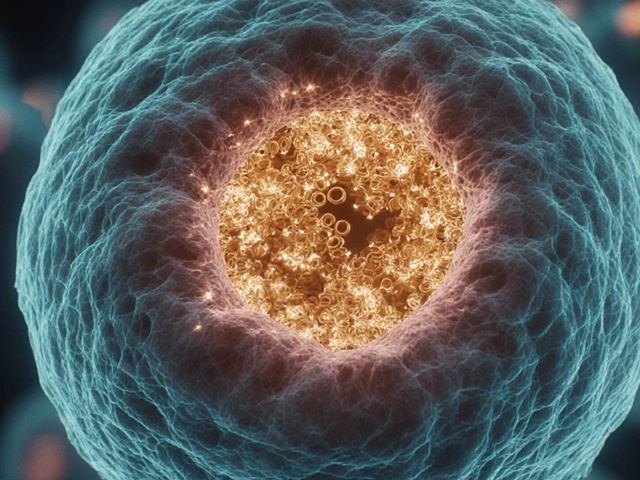Proper Eating Made Easy: Everyday Tips for Better Health
Ever wonder why you feel sluggish after a big meal? It’s often not about calories alone, but how you put your food together. Proper eating means choosing the right mix of nutrients, timing, and portion sizes so your body runs smoothly. Below are simple actions you can start today without overhauling your kitchen.
First, think color. A plate that looks like a rainbow usually means you’re covering most essential vitamins and minerals. Aim for at least three colors – green veggies, orange or red fruits, and a protein source. In Indian homes, that could be spinach, carrots, and a handful of chickpeas or paneer. The visual cue helps you avoid the habit of loading up on carbs only.
Balance Your Plate, Not Just Your Calories
Balance is more than counting calories; it’s about the ratio of carbs, protein, and fats. A good rule of thumb is ½ plate veggies, ¼ plate lean protein, and ¼ whole‑grain carbs. Swap white rice for brown rice or millets, and replace deep‑fried snacks with roasted nuts or seeds. This mix keeps blood sugar steady, reduces cravings, and supports muscle repair.
When you’re busy, snack smart. Instead of reaching for chips, keep a bowl of roasted chana, a piece of fruit, or a small handful of almonds handy. These options give you protein and healthy fats that keep you fuller longer and prevent the mid‑day energy dip.
Timing Matters: Eat When Your Body Needs Fuel
Skipping breakfast can make you overeat later. Start your day with something light yet protein‑rich – a bowl of oats with a spoon of peanut butter, or a plain yogurt with berries. If you work late, don’t rely on heavy dinner; opt for a vegetable soup and a small portion of quinoa. Eating lighter at night supports better sleep and digestion.
Hydration often gets ignored. Drinking water before meals can curb overeating by giving a sense of fullness. Aim for 8‑10 glasses a day, and consider adding a squeeze of lemon or a few mint leaves for flavor without extra sugar.
Lastly, listen to your body. If you feel bloated after a certain dish, note it and adjust. Proper eating isn’t a strict rulebook; it’s a flexible guide that respects your taste, schedule, and health goals. Small, consistent changes add up to big results over weeks and months.
Start with one tip today – maybe add a veggie to your lunch or swap soda for water. You’ll notice more energy, better mood, and fewer cravings. Proper eating is about making the right choices easy, not about perfection.

How to Eat Properly According to Ayurveda: Simple Rules That Actually Work
This article breaks down how to eat properly according to Ayurveda, the ancient Indian system of health. You'll learn practical tips like meal timing, food combinations, and mindful eating that Ayurvedic experts actually follow. Discover how simple habits can make your meals easier to digest and help you feel better every day. Plus, find out which mistakes most people make and how to avoid them. Everything is explained in a way that's easy to understand and apply, even if you're totally new to Ayurveda.

Online Pharmacies: What Risks Should You Know About?
May, 12 2025



